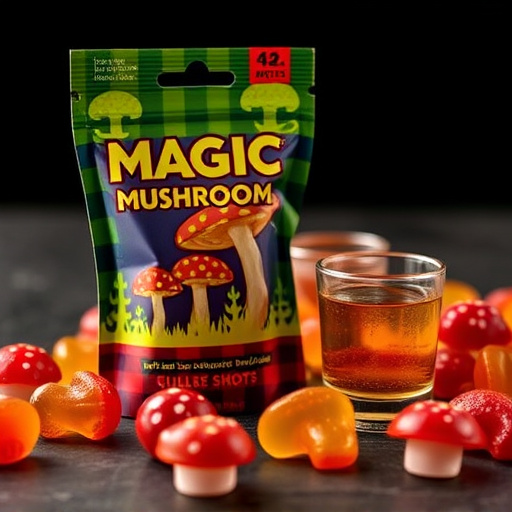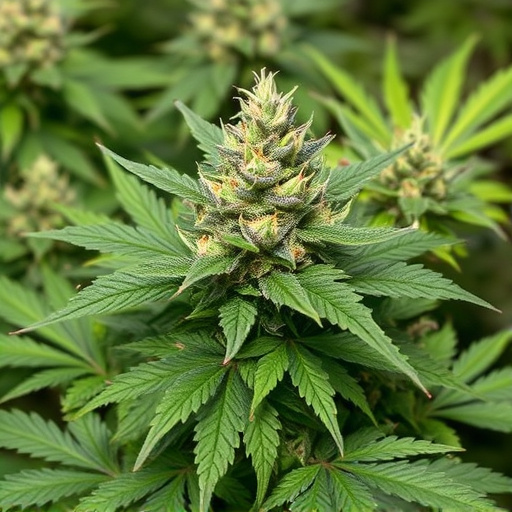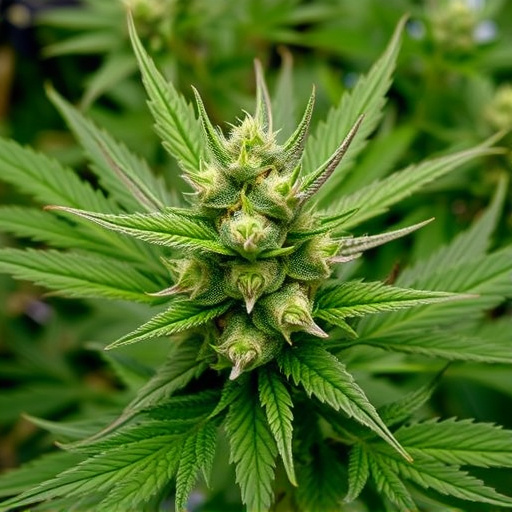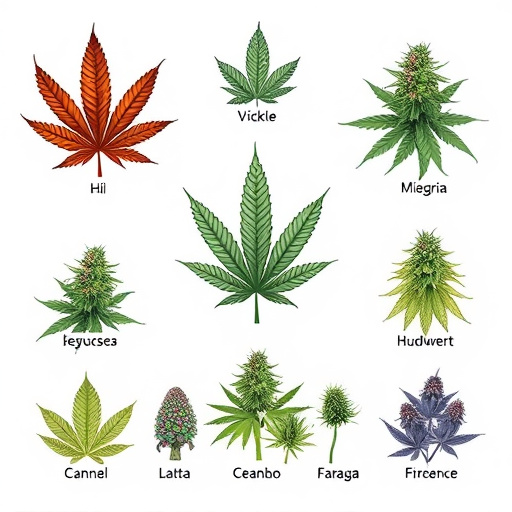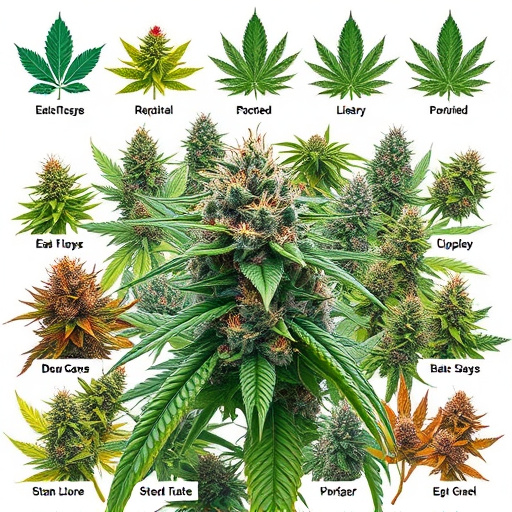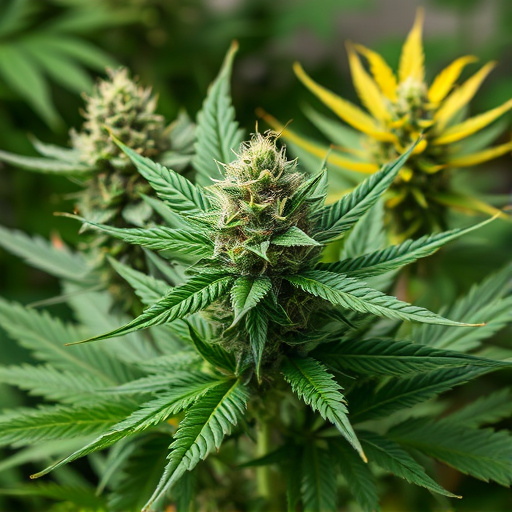Understanding optimal dosage for medical marijuana requires a personalized approach considering user tolerance, consumption method (smoking/ingestion), strain chemistry (THC, CBD levels), and individual biology. Starting with low doses is advised for new users, while regular consumers may need higher amounts. The choice between smoking/vaping vs ingestion impacts desired effects and duration. Strains are cultivated for specific therapeutic benefits, with high CBD for pain, seizures, anxiety; high THC for nausea, appetite stimulation, relaxation. Safe boundaries involve starting small, gradually increasing, and selecting strains with balanced THC and CBD levels tailored to individual needs and minimising risks.
“Unraveling the safe dosage of cannabis is a complex journey, especially with the growing popularity of medical marijuana strains. This article aims to guide you through the intricacies of cannabis consumption, focusing on factors that influence dosage and the unique therapeutic properties of different medical marijuana strains.
By understanding these elements, individuals can set safe boundaries, ensuring a beneficial and controlled experience. We’ll explore strategies to find your optimal dosage, promoting both safety and efficacy.”
- Understanding Cannabis Dosage: Factors to Consider
- Medical Marijuana Strains and Their Therapeutic Properties
- Setting Safe Boundaries: Finding the Right Dosage for You
Understanding Cannabis Dosage: Factors to Consider
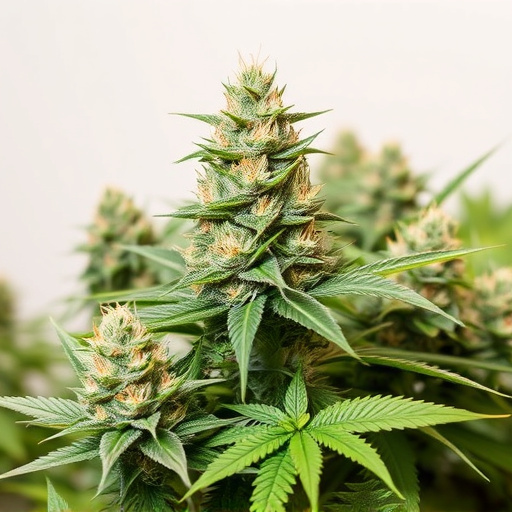
Understanding cannabis dosage involves considering several factors unique to each individual and the specific medical marijuana strains in question. First, tolerance plays a significant role; new users should start with low doses to gauge their reaction, while regular consumers may require higher amounts. Second, the method of consumption matters; inhalation through smoking or vaping delivers effects faster but may be more potent than ingestion via edibles, which can last longer.
Additionally, strain characteristics and cannabis chemistry are crucial. Different strains have varying levels of THC (tetrahydrocannabinol), CBD (cannabidiol), and other cannabinoids, each contributing to different effects and potential therapeutic benefits. High-THC strains may induce euphoria but increase anxiety in some users, while CBD-rich strains offer potential medical advantages without the psychoactive effects. Age, weight, and overall health also influence how an individual metabolizes cannabis.
Medical Marijuana Strains and Their Therapeutic Properties
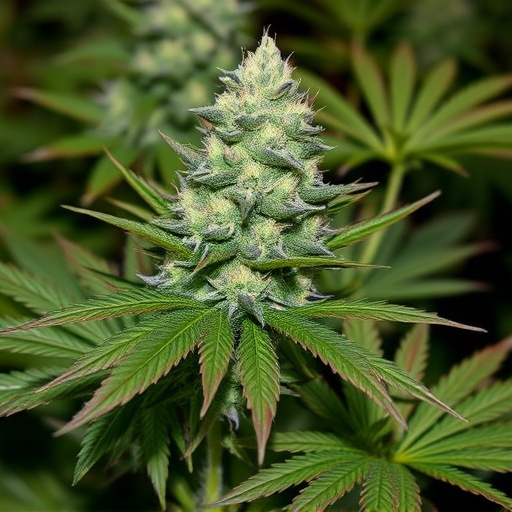
Medical marijuana strains have been cultivated specifically for their therapeutic properties, offering a range of potential benefits for various health conditions. These strains vary in composition, primarily differing in concentrations of cannabinoid profiles, such as THC (tetrahydrocannabinol) and CBD (cannabidiol).
THC is responsible for the psychoactive effects associated with cannabis, while CBD lacks these effects and is known for its anti-inflammatory, analgesic, and anxiolytic properties. Different medical marijuana strains are bred to maximize these beneficial compounds, catering to specific patient needs. For example, high CBD strains are sought after for their potential in managing pain, seizures, and anxiety without the mental impairment often linked to THC. Conversely, balanced or high THC strains may be preferred for treating nausea, stimulating appetite, and providing relaxation or sleep aid.
Setting Safe Boundaries: Finding the Right Dosage for You
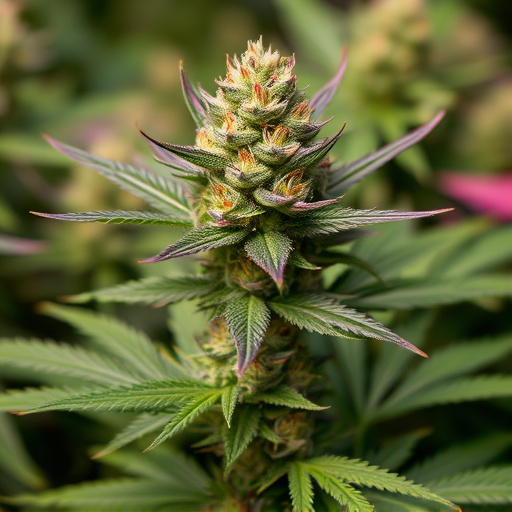
When it comes to cannabis consumption, setting safe boundaries starts with understanding that there’s no one-size-fits-all approach. The right dosage varies from person to person, influenced by factors like tolerance, weight, and individual metabolism. For those using medical marijuana strains for therapeutic purposes, finding the optimal dose is crucial to achieve desired effects while minimizing potential risks.
Starting small is a common recommendation. Begin with low doses, gradually increasing until you reach your ideal threshold. This cautious approach allows individuals to gauge their body’s response, ensuring they consume only what they need without exceeding safe limits. It’s also important to remember that different cannabis strains have varying levels of THC and CBD, impacting potency and effects. Thus, being mindful of strain selection alongside dosage is key to a responsible and safe medical marijuana experience.
While there’s no universally accepted safe dosage limit for cannabis, understanding individual responses and leveraging the unique therapeutic properties of different medical marijuana strains can help you find the right balance. By considering factors like tolerance, method of consumption, and specific conditions being treated, you can navigate your cannabis use safely. Always consult with a healthcare professional before incorporating cannabis into your routine to ensure personalized guidance based on your unique needs and health history.



